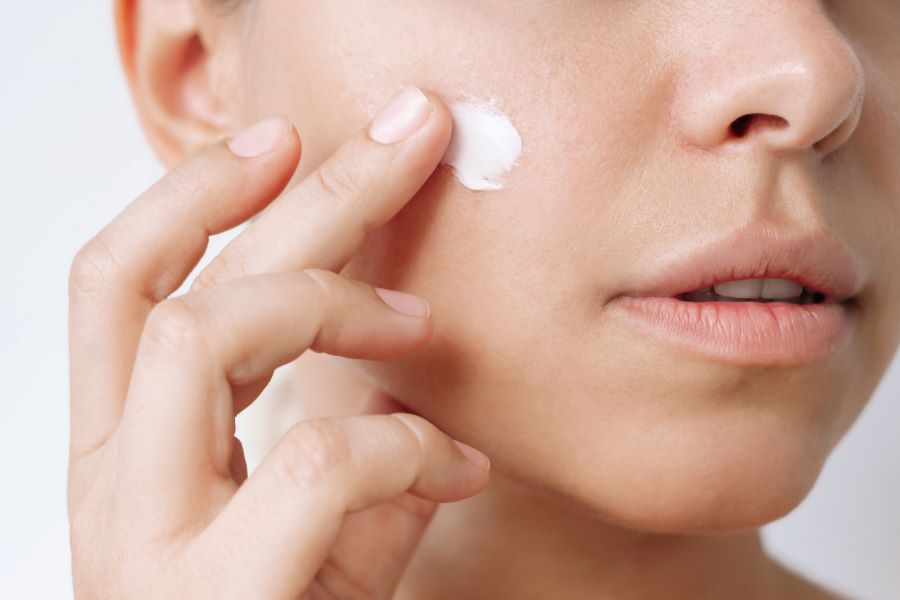Understanding Age Spot Treatment: What Options Might Help
Age spots, also known as liver spots or solar lentigines, are flat, brown or black spots that commonly appear on sun-exposed areas of the skin as we age. While these pigmented areas are generally harmless, many people seek treatment options to reduce their appearance for cosmetic reasons. Understanding the various treatment approaches available can help individuals make informed decisions about addressing these common skin concerns.

What Are Age Spots and Why Do They Appear?
Age spots typically develop as a result of years of sun exposure. They occur when melanin, the pigment that gives skin its color, becomes clustered in high concentrations or is produced in excess. This process accelerates with ultraviolet (UV) light exposure, which speeds up melanin production. Over time, especially after years of sun exposure, melanin can clump together or be produced in high concentrations, forming the spots we recognize as age spots.
These spots most commonly appear on areas frequently exposed to sunlight, including the face, hands, shoulders, upper back, and forearms. People with fair skin are more susceptible, though age spots can affect anyone. Genetic factors may also play a role in determining who develops these pigmentation changes. Unlike some skin conditions, age spots are harmless and don’t cause physical discomfort, though some may mistake them for cancerous growths.
What Treatment Options Might Be Considered?
Several effective treatments can reduce the appearance of age spots, ranging from over-the-counter products to professional procedures:
Topical treatments include over-the-counter creams and prescription medications containing ingredients like hydroquinone, retinoids, kojic acid, vitamin C, or glycolic acid. These work by lightening the skin gradually over weeks or months. Prescription-strength options typically provide more noticeable results but may cause more significant side effects such as redness, dryness, or mild irritation.
Professional treatments performed by dermatologists offer more dramatic results. These include:
-
Laser therapy, which targets melanin-producing cells without damaging the skin’s surface
-
Intense pulsed light (IPL) treatments that break down melanin into smaller particles
-
Chemical peels that remove the outer layer of skin to reveal newer skin
-
Cryotherapy, which freezes the spots with liquid nitrogen
-
Dermabrasion and microdermabrasion, which physically remove outer layers of skin
Each treatment varies in effectiveness, recovery time, and number of sessions required. Most professional treatments require multiple sessions spaced weeks apart for optimal results.
Important Considerations Before Starting Treatment
Before pursuing any age spot treatment, several factors warrant careful consideration. First, proper diagnosis is essential—what appears to be an age spot could potentially be a more serious condition like melanoma. Consulting a dermatologist for evaluation is a prudent first step, particularly if spots change in appearance, have irregular borders, or vary significantly in color.
Skin type and tone significantly influence treatment outcomes. People with darker skin tones face higher risks of post-inflammatory hyperpigmentation and other side effects from certain treatments. Similarly, individuals with sensitive skin may experience more pronounced reactions to both topical and procedural interventions.
Sun protection remains crucial before, during, and after any age spot treatment. Without diligent sun protection, new age spots will likely form, and treated areas may redevelop pigmentation. This means consistent use of broad-spectrum sunscreen with SPF 30 or higher, wearing protective clothing, and limiting sun exposure, especially during peak hours.
Realistic expectations are also important—while many treatments can significantly fade age spots, complete elimination isn’t always possible. Additionally, results aren’t permanent without ongoing maintenance and sun protection.
Costs of Common Age Spot Treatments
The cost of age spot treatments varies considerably depending on the method chosen, geographic location, provider experience, and number of sessions required.
| Treatment Type | Average Cost Per Session | Sessions Typically Needed | Total Average Cost Range |
|---|---|---|---|
| Prescription creams | $60-$150 per tube | Ongoing use | $180-$450 for 3 months |
| Chemical peels | $150-$400 | 3-6 sessions | $450-$2,400 |
| Laser therapy | $300-$600 | 2-4 sessions | $600-$2,400 |
| Intense pulsed light | $300-$500 | 3-5 sessions | $900-$2,500 |
| Cryotherapy | $100-$200 | 1-3 sessions | $100-$600 |
| Microdermabrasion | $100-$200 | 5-10 sessions | $500-$2,000 |
Prices, rates, or cost estimates mentioned in this article are based on the latest available information but may change over time. Independent research is advised before making financial decisions.
Over-the-counter treatments represent the most affordable option, with prices typically ranging from $15 to $100 per product, though results are generally more subtle and take longer to appear. Insurance rarely covers age spot treatments since they’re considered cosmetic procedures, making this an out-of-pocket expense for most patients.
When evaluating cost-effectiveness, consider not just the upfront expense but also the number of treatments required, maintenance needs, and potential side effects that might necessitate additional care. In some cases, a more expensive treatment requiring fewer sessions may prove more economical and convenient than multiple sessions of a less expensive option.
Prevention and Maintenance After Treatment
Prevention remains the most cost-effective approach to managing age spots. Daily application of broad-spectrum sunscreen, wearing protective clothing, avoiding peak sunlight hours, and refraining from tanning beds can significantly reduce the risk of developing new spots and prevent treated spots from returning.
After successful treatment, maintenance may include periodic use of lightening creams, regular exfoliation, antioxidant serums, and vigilant sun protection. Many dermatologists recommend annual skin checks to monitor existing spots and identify any new concerning areas.
This article is for informational purposes only and should not be considered medical advice. Please consult a qualified healthcare professional for personalized guidance and treatment.




